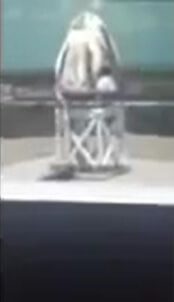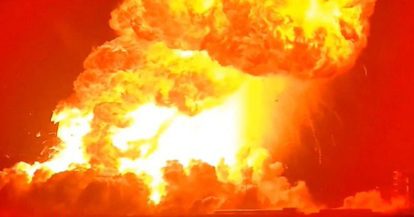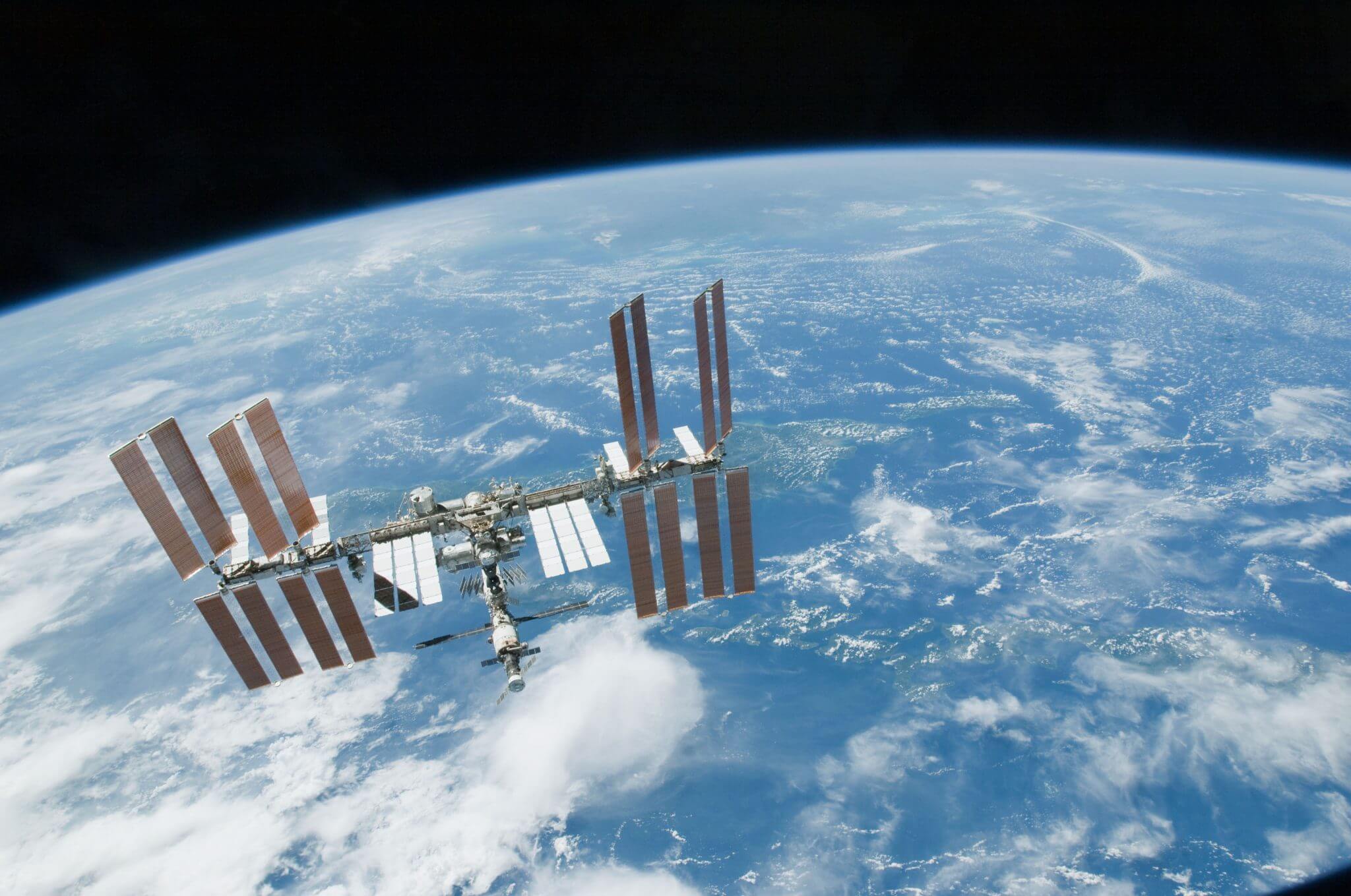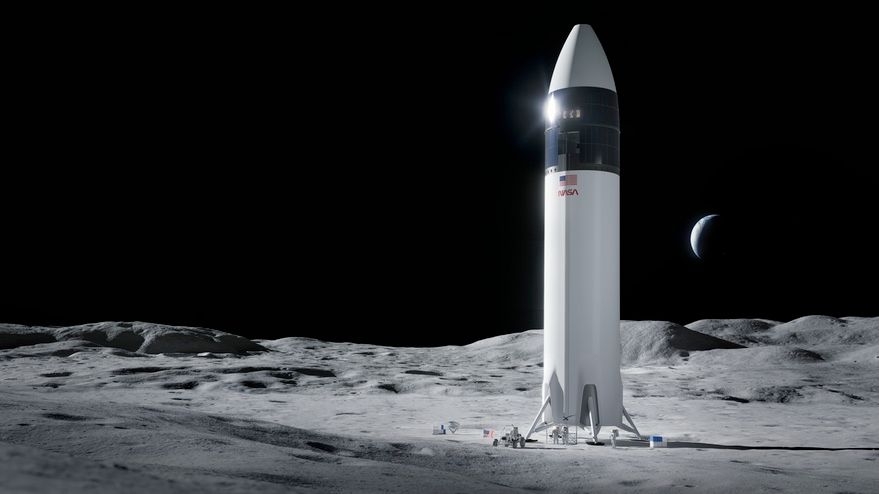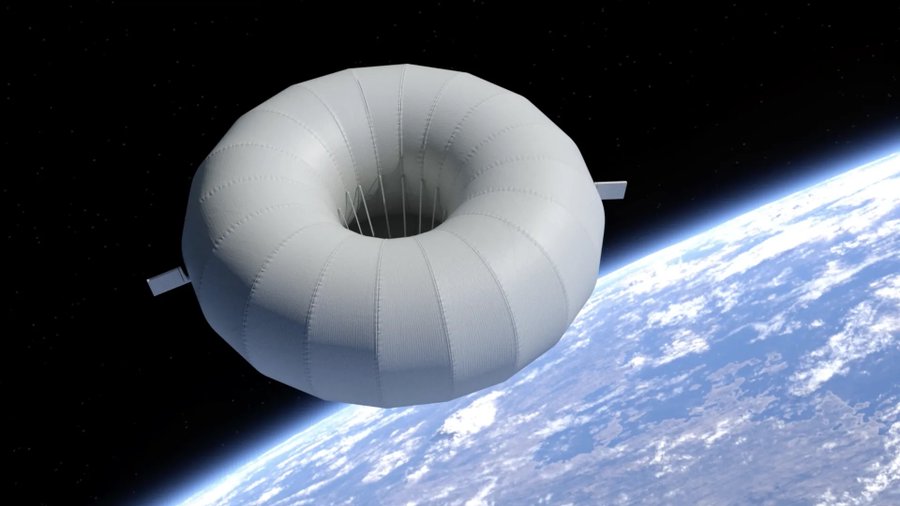The post-flight ground test destruction of the previously flown (in uncrewed condition) Crew Dragon DM-1 capsule, during a SuperDraco thruster engine firing test on 20 April 2019, was caused by a leak of nitrogen tetroxide, a preliminary investigation by SpaceX reports.
Initial data reviews, released by SpaceX indicate that the anomaly occurred approximately 100 milliseconds prior to ignition of Crew Dragon’s eight SuperDraco thrusters during pressurisation of the vehicle’s propulsion systems. Evidence shows that a leaking component allowed liquid oxidiser – nitrogen tetroxide (NTO) – to enter high-pressure helium tubes during ground processing. A slug of this NTO was driven through a helium check valve at high speed during rapid initialisation of the launch escape system, resulting in structural failure within the check valve. The failure of the titanium component in a high-pressure NTO environment was sufficient to cause ignition of the check valve and led to an explosion.
The destroyed capsule was not due to be launched again but was supposed to have been used later for a test of the launch escape system. The failure has set back the test flight programme ahead of any actual human carrying flights for NASA to the International Space Station (ISS) by several months. The check valve that exploded and similar ones are being replaced by a burst disk design that remains sealed until they reach a certain pressure.

